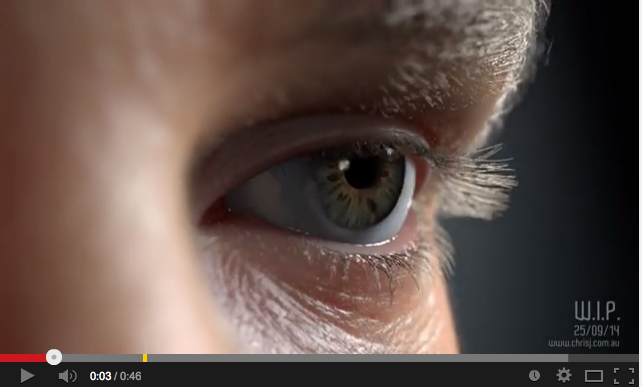When CGI (Computer Generated Imagery) meets Reality
Mr Head – by Chris Jones
I have been doing some research on the future direction of photography and the developments in CGI (computer generated imagery). There have been incredible developments in this field in the last five years. Take a look at your IKEA catalogue, over 75% of it’s images are now produced 100% by computer. Many (if not all) of the showrooms in the photos and the products are all digital and never existed in reality and you cannot tell that they are CGI they are so photorealistic.
For product companies it is a more cost effective way to promote their products in marketing material. Car companies have been doing this for several years. Most commercials and brochures of new cars are typically 100% CGI generated dropped into a landscape photo (and in some cases the landscapes are created from CGI also). All of this can be produced with software on a laptop similar to the one I am typing this blog post on. Don’t believe me ? Take a l0ok at the following link from one of the companies who develop that software to make this possible ( Keyshot ) and keep pinching yourself to remind you that these are not photographs.
One of the holy grails of CGI is achieving the accuracy of the human face and it’s motions (particularly the physics of it, our eyes are incredibly adept at identifying movements that are not natural, Pixar and other companies creating animation movies have spent years developing and evolving this capability). I came across the video above from Chris Jones, an Australian animator and experienced CGI producer. The head in this video is 100% computer generated (there is a guest appearance by a CGI hand also!). It is mind blowing in terms of being photorealistic.
I have no doubt there were many many hours spent putting this model together, but inevitably the time and cost to produce models like this will reduce. Think about this for a minute. Digital worlds will be created that are indistinguishable from reality, cameras for movie making and photography will be replaced by software for a lot of purposes (of course, recording of reality is always going to rely on an optical recorder of some sort).
It is not unreasonable to think that at some point in the future most commercial photography and video required for marketing and advertising purposes (and any other purposes where we are not concerned with recording real situations) could be produced in this manner by software, the photographer and the videographer replaced by the CGI specialist. This is already happening in many cases and when you see the capability in the video above, that future is not too far away.

